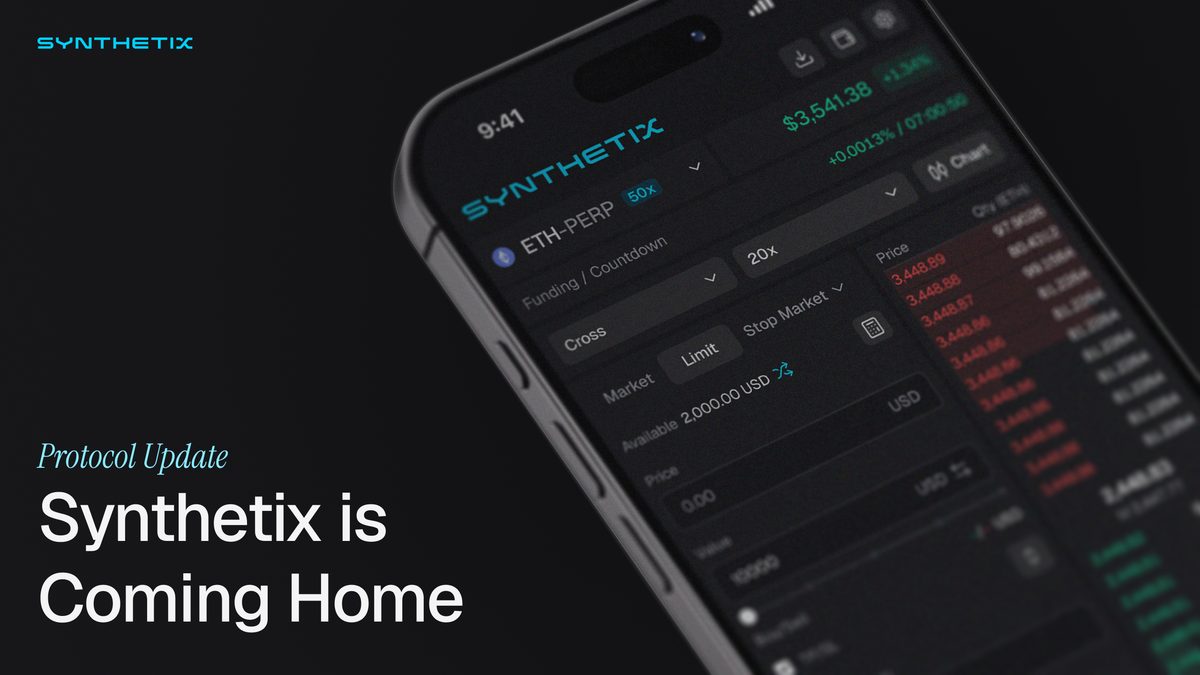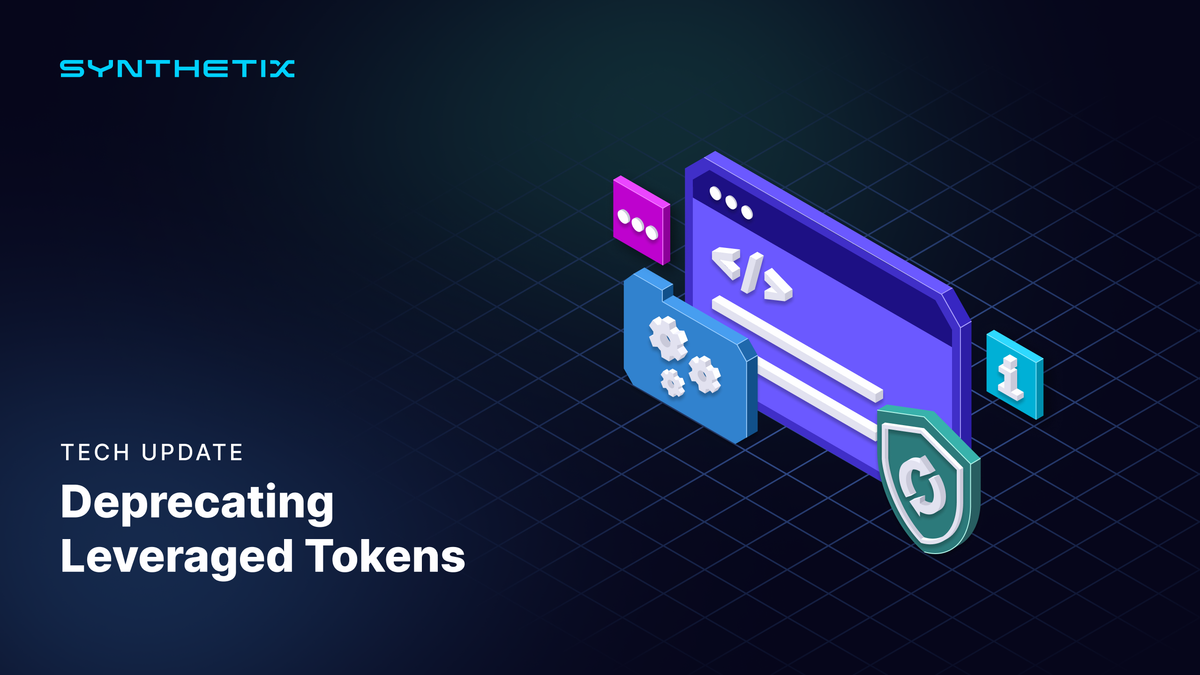The following is a guest post and opinion of Ken Jon Miyachi , Co-Founder of Bitmind.
According to the “Q1 2025 Deepfake Incident Report,” 163 deepfake scammers took more than $200 million from victims in the first four months of 2025. It’s not simply an issue for the rich or famous; it’s impacting regular folks just as much. Deepfake frauds are no longer a little problem.
Deepfakes used to be a fun way to make viral videos, but now criminals use them as weapons. Scammers use artificial intelligence to make phony voices, faces, and sometimes whole video calls that are so convincing they deceive consumers into giving them money or private information.
Surge in Scams
The survey says that 41% of these scams target famous people and politicians, while 34% target regular people. That means that you, your parents, or your neighbor could be next. The emotional damage is worse than the monetary damage. You feel violated, betrayed, or helpless.
For instance, in February 2024, a company lost $25 million in one scam. Using a deepfake video discussion, hackers purported to be the company’s chief financial officer and demanded wire transfers to fake accounts straight away. The worker sent the money since they thought they were doing what they were told.
It wasn’t until they called the corporate office that they realized the call was bogus. This wasn’t simply one thing that took place. Similar techniques have hurt engineering, computer, and even cybersecurity organizations. If smart people can be fooled, how can the rest of us stay safe without better defenses?
Its Impact
The technology used in these scams is quite scary. Scammers may copy someone’s voice with 85% accuracy using only a few seconds of audio, as from a YouTube video or a social media post. It’s much tougher to tell if a video is phony; 68% of individuals can’t tell the difference between fake and actual material.
Criminals search the internet for things to use to make these fakes, and they use our own posts and videos against us. Think about how a scammer may use a recording of your voice to get your family to send them money or a false video of a CEO directing a huge transfer. These things are not just science fiction; they are happening right now.
There is more damage than just money. The survey says that 32% of deepfake cases involved explicit content, and they commonly target people to humiliate or blackmail them. 23% of the crimes are financial fraud, 14% are political manipulation, and 13% are disinformation.
These scams make it hard to believe what we read and hear online. Imagine getting a call from a loved one who needed help, only to find out it was a scam. Or a fake seller who steals all of a small business owner’s money. There are more and more of these stories, and the stakes are getting higher.
So, what can we do? It begins with educating oneself. Companies can show their employees how to spot warning signs, like video conversations that seek money straight away. A fraud can be avoided by basic tests like asking someone to move their head in a certain way or answer a personal question. Companies should also limit how much high-quality media of their CEOs is available to the public and add watermarks to videos to make them harder to misuse.
Everyone’s a Target
It is really important for people to be vigilant. Be careful what you put online. Scammers can use any audio or video recording you post as a weapon. If you get an odd request, don’t do anything immediately. You can either call the person again on a number you trust or check in another method. Efforts to raise public awareness can help stop bad behaviors, especially among groups who are more prone to be affected, such as elders who may not understand the effects. Media literacy isn’t just a trendy word; it’s a shield.
Governments also have a role to play. The Resemble AI study suggests that all countries should have the same laws that define what deepfakes are and how to punish them. New U.S. laws say that social media sites have to take down explicit deepfake content within 48 hours.
First Lady Melania Trump, who has talked about how it affects young people, was one of the persons who pushed for this. But laws by themselves aren’t enough. Scammers operate in a lot of different countries, and it’s not always easy to detect them. It could be a good idea to set worldwide criteria for watermarking and content authentication, but first, IT companies and governments need to agree on them.
There isn’t much time left. By 2027, deepfakes are expected to cost the U.S. $40 billion, with a growth rate of 32% each year. In North America, these scams rose by 1,740% in 2023, and they are still rising. But we can change it.
We can fight back using smart technology—such as systems that can detect deepfakes in real time—as well as better regulations and good practices. It’s about getting back the trust we used to have in the digital world. The next time you get a video call or hear someone you know ask for money, take a big breath and check again. It’s worth it for your peace of mind, your money, and your good name.










